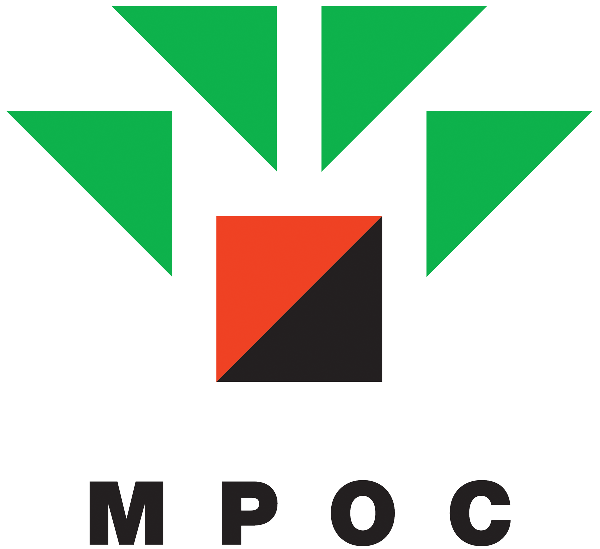KUALA LUMPUR, 21 October 2025 — Malaysia’s palm oil exports rose by 102,000 tonnes (+7.7% month-on-month) to 1.42 million tonnes in September, with most regions recording gains except the EU27 and Asia Pacific. The largest improvement came from South Asia, where exports to India reached 312,000 tonnes, the highest in 11 months. Shipments to Sub-Saharan Africa, the Middle East and North Africa (MENA), the Americas and Central Asia also registered increases during the month.
Palm oil stocks in September climbed to 2.36 million tonnes, the highest in 22 months, even though export growth outpaced production. The increase was largely driven by domestic consumption normalizing to its usual range of 300,000 to 350,000 tonnes per month, after reaching a record monthly high of 499,000 tonnes in August. Imports also rose by 20,000 tonnes (+33.9% month-on-month), further contributing to the stock buildup.
Palm oil has once again traded at a premium to soybean oil in the global market. As of mid-October, palm oil was priced USD42 per tonne higher than soybean oil in Europe and USD26 higher in India. The price discount of palm oil to soybean oil was short-lived between April and September. Speculation over Indonesia’s potential implementation of the B50 biodiesel mandate remains a key factor supporting palm oil prices.
The B50 programme is estimated to require around 17 million tonnes of palm oil for blending – an increase of 3 million tonnes from the current B40 mandate, equivalent to roughly 35% of Indonesia’s palm oil production. The country also consumes around 10 million tonnes for food purposes, leaving only about 22 million tonnes or less available for export if the B50 is implemented. This would result in a notable decline in exportable supply, as Indonesia has historically exported between 24 and 28 million tonnes of palm oil annually over the past five years.
Global vegetable oil demand in the coming season will rely heavily on sunflower oil, as exportable supplies of soybean oil from the US and Brazil are expected to decline sharply from 2.7 million tonnes in 2024/25 to 1.6 million tonnes in 2025/26 – a 41% drop due to stronger domestic biofuel demand.
In Argentina, the temporary export tax exemption on soybean products announced in late September spurred heavy forward soybean sales, particularly to China. These front-loaded exports are expected to curb crushing activity and limit soybean oil export availability in the coming months.
Although the Black Sea region began its sunflower seed harvest in September, sunflower oil prices have remained firm, continuing to lead the vegetable oil complex. In mid-October, sunflower oil in the European market traded at USD1,360 per tonne, about USD75 higher than palm oil and USD100 above soybean oil, reflecting tight and uncertain supply conditions.
Meanwhile, the ongoing US-China trade conflict has started to cause a buildup in US soybean stocks, as the country began harvesting its crop in September and October. China has suspended soybean imports from the US since May 2025, sourcing almost entirely from South America. Although stronger domestic crushing activity and higher soybean oil consumption in the US are expected under the 45Z biofuel policy in 2026, which prioritizes domestically produced feedstock, these factors are insufficient to offset the sharp decline in exports to China.
Vegetable oil prices are expected to remain firm through the remainder of 2025, supported by strength in palm and soybean oil. Diminishing exportable soybean oil supplies from Argentina are likely to lift prices in the coming months, while ongoing speculation over Indonesia’s B50 mandate will continue to lend support to palm oil. Palm oil prices are projected to hold steady above RM4,400 per tonne but market sentiment remains cautious amid weak crude oil prices, high vegetable oil inventories in major consuming markets such as China and India, intensifying US – China trade tensions and a buildup of global soybean stocks.
For more information, visit www.mpoc.org.my





